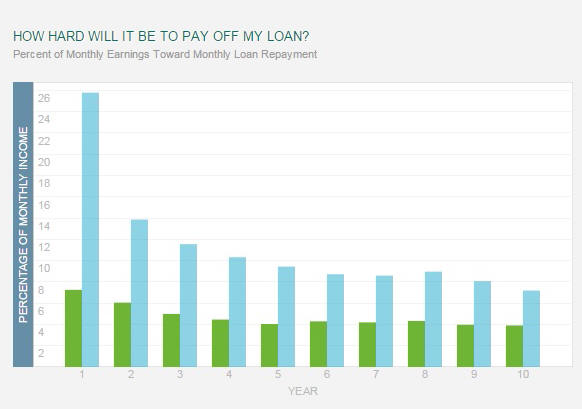Lynn O’Shaughnessy reports on a change that will make filing FAFSA easier.
Currently, the earliest that families can file FAFSA each year is January 1, and college deadlines for this information can be as early as February. At the same time, prior year tax return information must be included in the submission, making it difficult for parents who have not filed their taxes as of February.
The parental scramble to file the FAFSA and get their taxes completed will soon no longer be an issue. Beginning with the 2017-2018 school year, students will be using prior-prior tax returns when completing the FAFSA.
Parents of students who will be in college in the fall of 2017, for example, will use their 2015 federal tax return to complete the FAFSA. Under the traditional system, these parents would have relied on their 2016 tax returns. So you can see that scrambling to complete their tax returns will no longer be an issue because of the reliance on an older tax return.
One of the most critical points families must consider in light of these change is that their 2015 financial situation will be used twice in determining eligibility for financial aid. This can penalize families who has an unusually prosperous 2015.
Taxes for 2015 will be doubly important.
As the system transitions to using prior-prior returns, many families will have to use their 2015 tax return twice. Parents will use the 2015 return if they are applying for aid for the 2016-2017 school year and the following year too.
Relying on the 2015 tax return twice won’t be an issue for parents whose incomes have remained stable during those two years. But it can be a terrible development for families who experienced a tremendous financial year in 2015 but not in 2016.
What should these families do?
If your financial situation has changed since you filed your 2015 tax return, you can ask for a professional judgment from a school. College financial aid administrators have the power to adjust your aid amount based on information that isn’t reflected in the aid application.
Check out this link for more details on upcoming FAFSA changes:


